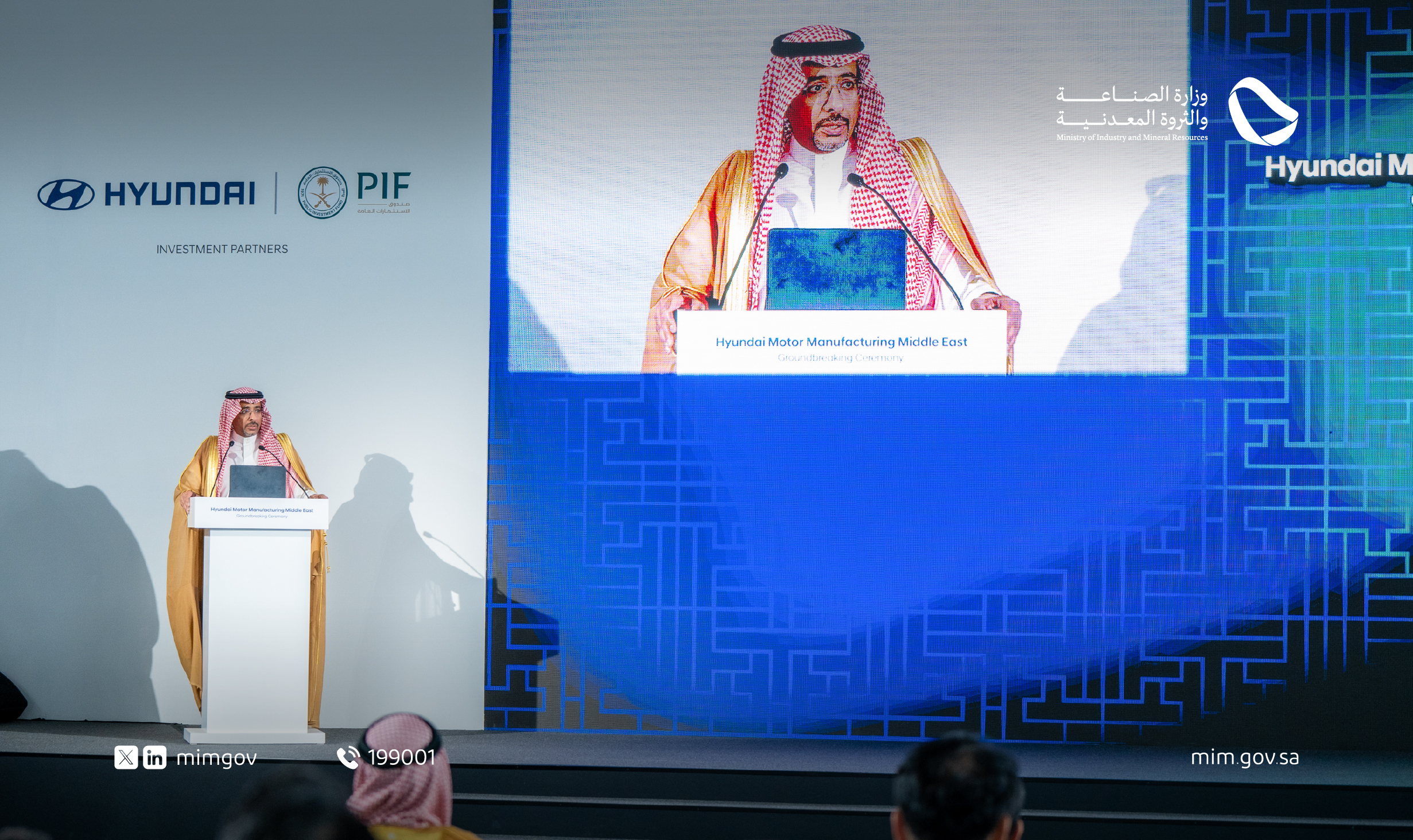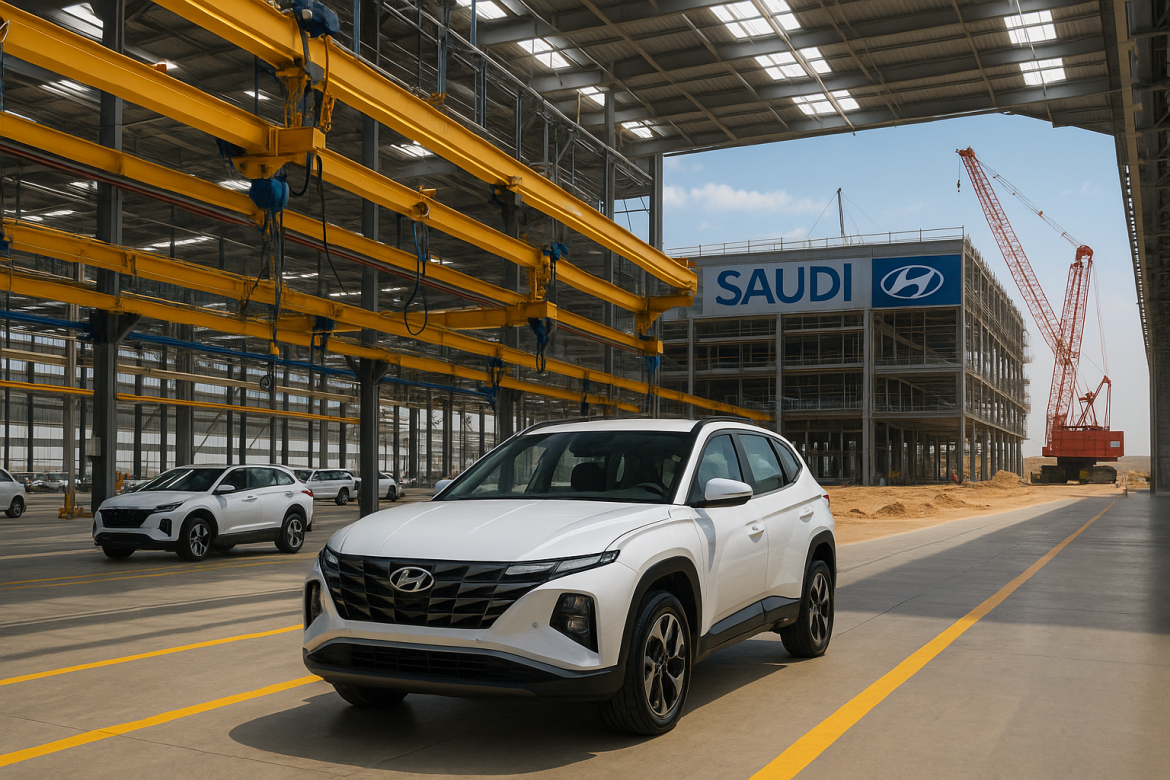Hyundai Automotive Facility Saudi Arabia: Revolutionizing the Future of Manufacturing
Saudi Arabia is not just driving toward the future—it’s flooring the accelerator. In a strategic alignment with Vision 2030, Hyundai Motor Company and the Public Investment Fund (PIF) have commenced construction on a groundbreaking automotive manufacturing plant in the King Salman Automotive Cluster at King Abdullah Economic City (KAEC). This facility is poised to redefine how vehicles are made in the Middle East.
For over four decades, Hyundai has maintained a strong presence in Saudi Arabia, solidifying trust and loyalty among consumers. The new automotive facility is not merely a project—it’s a landmark event that underscores Saudi Arabia’s ambition to become a dominant player in the global automotive arena.
Vision 2030 in Action: National Strategy Fuels Industrial Evolution
The National Industrial Strategy (NIS), unveiled in 2022, is the bedrock of this automotive revolution. With an ambitious target of attracting three to four original equipment manufacturers (OEMs) to produce more than 300,000 vehicles annually, Saudi Arabia is creating a centralized ecosystem for auto innovation.
Hyundai’s inclusion in this strategic vision marks a pivotal achievement. Their state-of-the-art facility, with a projected annual output of 50,000 vehicles, will serve domestic demand and reach regional markets. Notably, the plant is designed for both internal combustion engine (ICE) and electric vehicle (EV) production—future-proofing the Kingdom’s industrial ambitions.
The decision to invest in this facility didn’t happen overnight. Discussions began in 2017 and matured into a full-fledged vision under the leadership of the Ministry of Industry and Mineral Resources. The partnership was cemented with a 2022 Memorandum of Understanding and solidified through high-level talks between Saudi and South Korean leadership.

Vision 2030 in Action: National Strategy Fuels Industrial Evolution
Strategic Industrial Cluster: KAEC as the Next Global Auto Hub
Located in the King Salman Automotive Cluster within KAEC, this facility sits at the heart of a growing industrial powerhouse. Hyundai joins forces with Lucid Motors and Ceer—two automotive giants already developing in the same cluster. Together, they signal a new era of advanced manufacturing in the Gulf.
But this project is more than just shiny new machinery. It’s about value creation on every level—economic, social, and technological. By 2045, the facility is expected to contribute $5 billion to Saudi Arabia’s GDP. The ripple effect across the supply chain will create thousands of jobs and stimulate innovation in associated industries.
Government bodies such as the Ministry of Energy, the Ministry of Finance, and the Ministry of Economy and Planning are playing integral roles. Their collaboration ensures that this facility isn’t just a one-off investment but a well-integrated component of Saudi’s industrial framework.
Localization, Sustainability, and Supply Chain Transformation
The Hyundai facility symbolizes a turning point in Saudi Arabia’s industrial journey. It embodies a shift toward localization, where vehicles are not only assembled but also engineered and designed within the Kingdom. This is aligned with the Local Content and Government Procurement Authority’s mandate to boost locally-produced goods.
Moreover, the integration of EV production signals a major sustainability leap. With global demand for electric vehicles soaring, Saudi Arabia is positioning itself as a competitive, eco-conscious automotive exporter. Hyundai’s global capabilities coupled with Saudi talent and strategic location make this a powerhouse in the making.
Supply chain resilience is also being reinforced. Through active engagement with global suppliers and local partners, the Ministry of Industry and Mineral Resources is establishing a robust ecosystem to support this and future facilities.
A Multi-Billion Dollar Vote of Confidence in Saudi Potential
Perhaps the most striking aspect of this venture is the level of confidence it reflects. Hyundai’s investment signals a vote of trust in the Saudi economy, its leadership, and its vision for the future. PIF’s majority 70% stake reinforces the Kingdom’s commitment to becoming a regional manufacturing titan.
The collaboration doesn’t end with Hyundai. This facility sets the precedent for future partnerships and investments. As Saudi Arabia continues to diversify its economy away from oil, this automotive revolution becomes a key pillar in ensuring long-term sustainability and global relevance.
Projects like this aren’t just industrial feats—they’re narratives of national transformation. They show what’s possible when ambition meets strategy, and when legacy brands like Hyundai find fertile ground for innovation in places they once overlooked.
FAQs
What is the purpose of Hyundai’s new automotive facility in Saudi Arabia?
To manufacture both internal combustion and electric vehicles, serve local and regional markets, and support Saudi Arabia’s Vision 2030 industrial goals.
How much will the facility contribute to Saudi Arabia’s GDP?
An estimated $5 billion by 2045.
What role does Vision 2030 play in this project?
Vision 2030 aims to diversify the economy and establish Saudi Arabia as an advanced industrial hub. The Hyundai facility is a flagship project under this initiative.
Who are the main partners involved in this venture?
The Public Investment Fund (PIF) and Hyundai Motor Company are the main partners, with support from various Saudi ministries.
Where is the facility located?
At the King Salman Automotive Cluster in King Abdullah Economic City (KAEC).
Will the plant produce electric vehicles?
Yes, the facility is designed to produce both EVs and ICE vehicles.
Driving Forward with Confidence and Innovation
This isn’t just about a new factory—this is about shaping the future. Hyundai’s automotive facility in Saudi Arabia is a blueprint for what’s possible when visionary leadership, international expertise, and local innovation converge. From technology transfers to job creation, from economic diversification to regional leadership in sustainability, this facility stands as a symbol of progress.
As the Kingdom races toward Vision 2030, the Hyundai facility proves that Saudi Arabia isn’t just catching up with the world—it’s becoming a destination for the future of global manufacturing.

